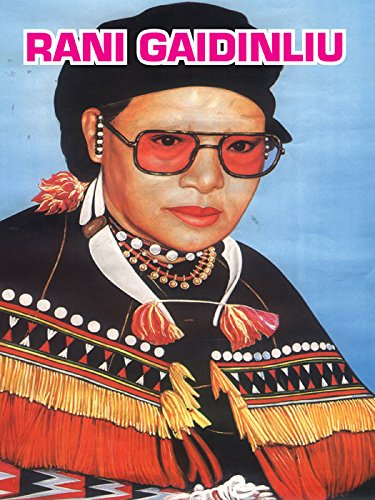
Once we pass the matriculation exams, it's only by chance that we pick up history books to read. Often our knowledge of history as adults is only the knowledge given to us by our school books and teachers. What if someone chooses to manipulate it at that point!
Today it's a well-known fact that #Indian #history has not been written by #Indians. At best, they were brown sahibs instead of the white ones who choose what we would learn about our history & what we won't. Every few months some strange manipulation of history comes to light!
How about those #NCERT books? What would you say about the most trusted books that are often used by students preparing for #UPSC? Well, you know the answer, even if you choose not to state the fact in public. They are biased, aren't they?
Recent times have seen efforts by individuals to correct and point out such biases in our #history #textbooks. Somehow the government quite like the proverbial elephant is yet to move even an inch in the direction of correcting these books.
In case you want to learn how these books feed biased, incorrect theories as facts, pick up "Brainwashed Republic: India's Controlled Systemic Deracination" by Neeraj Atri (amzn.to/3aqNYLy). It's about 450 pages book. (Add some pages for table of contents, intro, etc.)
This book (amzn.to/3aqNYLy) was published in 2019, and you may watch the author Neeraj Atri on YouTube too. 

Do keep in mind that this book is not written in very easy English. At times general public may find the language a bit academic and from time to time a dictionary would be needed. Still, this would be a recommended read.
If you have read "Brainwashed Republic: India's Controlled Systemic Deracination", do join in the discussions on @IndicBookClub and add your review -
indicbookclub.com/book/5cd2cd0e9…
indicbookclub.com/book/5cd2cd0e9…
• • •
Missing some Tweet in this thread? You can try to
force a refresh









